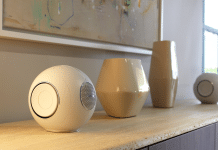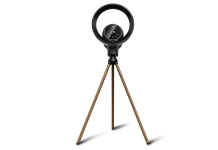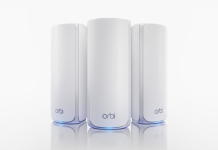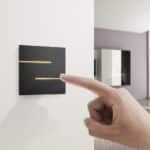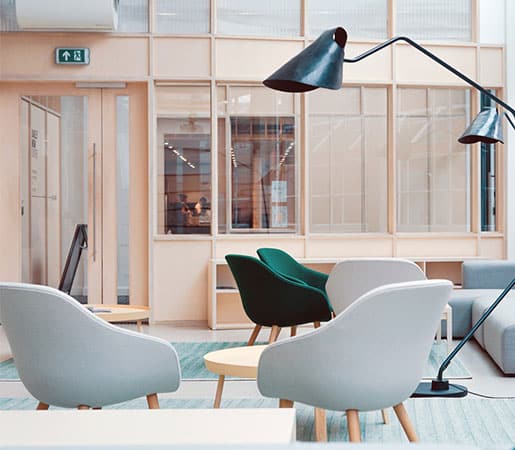
As the energy landscape in India undergoes changes, our homes will need to adapt accordingly to reduce our environmental impact. Building new houses along sustainable lines leveraging smart technology and a sustainable mix of power sources can lead to considerable savings in energy bills while trimming our carbon impact.
An architect and a technology consultant for buildings, and someone who is passionate about designing solutions for sustainable urban development, Milind Mantravadi, Principal and Founder, Green Matrix, speaks exclusively to Smart Homes about sustainability, green buildings and the need to invest in green designs and simulations.
Environment-friendly buildings are the need of the hour. But the awareness seems to be on the lower side. What, according to you, needs to be done so that such projects get the much-needed push?
In the Indian context, we are yet to reach a stage where we all have homes with functional spaces and resources like water, electricity and other amenities. However, in the recent times, we are witnessing an uptrend in the housing scenario, mainly due to improvement in affordability, financial schemes for first buyers, and existing home owners opting for upgraded homes.
Sector wise, in India, homes consume almost 24.76% of total electricity generated as per 2019 data, and this trend is only going north, which means that we are pressing against the limited resources whilst at the same time disturbing the environmental carbon.
A responsible way to tackle this is by adopting the three Rs, viz. Reduce, Reuse, Recycle, while building homes and living in them. Sustainability in master-planning and architectural design is the key towards achieving an energy efficient and environment-friendly building where you optimise the building orientation, its envelop, type of wall, roof, type of window, size of window opening, window shading, mutual shading from other buildings or its own building features, space layout etc. which can drastically reduce you electric lighting load and air conditioning load, at the same time, keeping you comfortable. This can be achieved through various tools that can simulate the design over 8764 hours (365 days x 24 hours) to check its lifecycle performance.
I feel, to get this concept accepted far and wide, apart from government initiatives and laws, mass adoption can happen only through aggressively promoting a green lifestyle as one of the general living standards.
In your experience, have your clients been willing to experiment with eco-friendly and smart homes? Do you think these smart concepts are catching on?
Anything that is green and looks awesome comes at a price. And when one makes a home, be it an end-consumer, architect or a developer, the aesthetic factor is inseparable. The design process, materials, and smartness that goes in making such buildings come at an initial price, however, your usage should result in savings and better performance of space.
When it comes to medium-high and high budget homes, clients love to go for ‘green and smart’ options provided it adds to their luxury life style quotient.
When it comes to entry-level homes, the sector would prefer green design provided it comes at nil differential in the cost. Further, smart homes are limited to Alexa, Google Home and few lights which actually are defined as automation, rather than it being smart.
Can you explain the role of technology (IoT) in homes?
Of course, Internet of Things (IoT) is the way ahead. How about if I decide to bake a pizza this evening for a couple of guests, and my smart refrigerator and smart cabinet makes a real-time inventory and books ingredient and orders online for the same. My smart oven can inform me on my mobile the best off peak time to start the baking process.
My smart wardrobe knows exactly my schedule for the week from my smart assistant. In case I am flying to an extreme cold region, the wardrobe checks its stock inventory (shelves / hangers) and will inform me or washing machine or smart Dhobi that my warm clothes be ready before the trip. IoT can succeed if we can design thoughtful applications, explore practical usable scenarios and make these solutions affordable.
Many individuals assume that a green and smart project is going to cost more money. You and your company have been the advocates of green design; what is your experience in terms of response, cost and adaptability?
We have not used the air-conditioner in my home from the time we have been living here as my apartment faces the best solar orientation. However, my neighbour spends a large amount on electrical bills predominantly due to air-conditioning usage. This means if our residential block was designed as per the sustainability concepts, then he, too, would have saved on his air-conditioning usage. The initial investment in green design and simulations would be there, but the returns in terms of health, electrical bills and other tangential benefits would have been enormous. The same principle follows for the landscape design, which if designed responsibly, reduces water requirement and maintenance.
The amount of carbon and energy that goes into making of the building is optimised as well by means of responsible selection of material type, its mix ingredient, usage of regionally available materials and adapting best construction techniques.
So yes, the initial investment is little high, however, the advantages during the course are huge. It finally boils down to your living experience in the space that allows you to spend more time.



